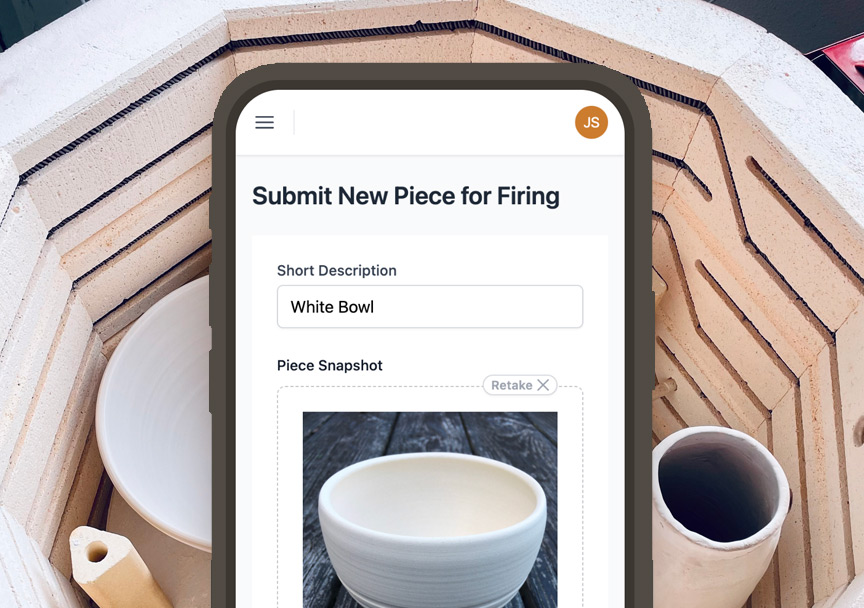One expense all ceramic artists face is the constant need to replenish clay supply. A ton of still-usable clay gets wasted between scrapped pieces, trimmings, leftover mixed clay, and reconditioned clay from aging projects.
Implementing a clay recycling system allows you to reclaim these leftovers into free recycled clay for throwing, handbuilding, or selling. With some simple equipment and habits, your studio can save substantially on clay costs while reducing unnecessary waste.
Here is how to set up a clay recycling operation:
Step 1: Collect Clay Scraps
Instruct all studio members to save their unused clay bits, scraps, trimmings, and leftovers at the end of each session. Anything not hopelessly dried out, contaminated, or too small to bother with can be recycled.
Provide recyclable collection bins around the studio space. This might include:
- Scraps buckets at each wheel or workstation
- Larger central collection containers
- Shelving for dried lump leftovers
Make recycling clay easy and routine. You want as much clay being diverted as possible.
Step 2: Rehydrate Dry Clay
Hardened clay scraps that have dried past being workable again can be rehydrated to regain plasticity.
Place thoroughly dry clay fragments in a bucket and cover completely with water for 1-2 days to saturate the material. Then knead and massage while wearing a mask to avoid dust inhalation. The clay will absorb the water and become malleable again.
Step 3: Process Wet Clay
Run them through a pugmill, clay extruder, or pasta maker to homogenize the material for soft clay trimmings and scraps. Screen out large chunks or grit using a slip screening system during this step.
Blending the clay ensures consistent texture and plasticity while removing air pockets. Manual wedging can work for small amounts.
Step 4: Blend Recycled Clay
Test the properties of your recycled clay and modify it by adding:
- Fresh new clay to improve plasticity
- Dry grog or sand for texture
- Vinegar, boric acid, or other preservatives for shelf life
- Reclaimed clay slurry for optimal moisture content
Play with recipes to achieve a recycled clay blend you like at the desired level of absorbency, grit, etc.
Step 5: Allow Clay to Cure
Before using recycled clay, let it sit for 1-2 weeks tightly sealed in a bucket. This allows moisture to distribute and chemistry to stabilize evenly. Knead again before use.
Freshly recycled clay often needs some curing time for ideal workability. Rushing it can cause issues.
Step 6: Store and Manage Inventory
Keep careful track of how much recycled clay you produce. Log the dates and clay properties to monitor stock. Store sealed clay properly, just like commercial clay.
Ideally, aim to use older recycled inventory first before newer batches. Keep things moving on a first-in, first-out basis.
Step 7: Quality Control Testing
Periodically test pieces made from recycled clay to ensure stability and quality over time. Monitor for unusual drying, excessive breakage, or strange firing behavior that might indicate issues.
Be prepared to tweak your process and add new clay if recycled stock deteriorates. The goal is consistently viable clay.
With some dedication to the process, you can produce high-quality recycled clay for a fraction of the cost of new clay. And you’ll prevent pounds of waste while closing the studio clay loop! Follow these tips for clay savings and sustainability.


